How can specialty coffee producers use coffee flowers?
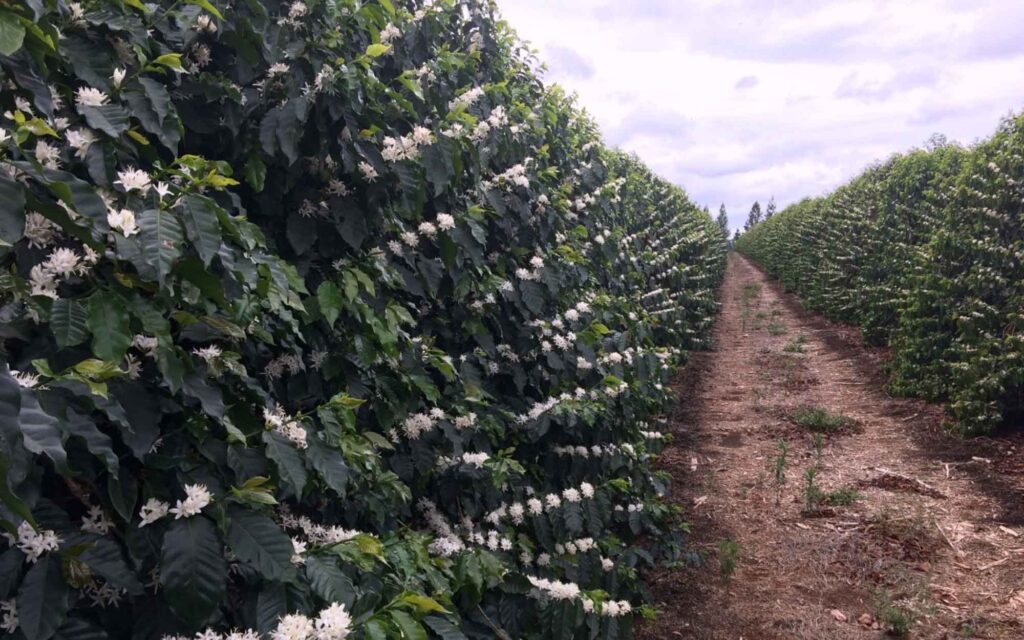
On farms across the Bean Belt, the emergence of white, fragrant flowers is a key stage in the life cycle process of coffee plants. By looking at these flowers, farmers can determine how productive their coffee plants will be that season – and prepare for the months ahead accordingly.
Depending on geographical location and climatic conditions, the blooming season begins at different times. One thing, however, is for sure: the flowers will eventually fall off the coffee plant.
What happens to coffee flowers next is largely up to producers. But with a growing number of farmers looking to diversify their income by upcycling coffee waste, there could be an opportunity to make better use of coffee flowers – and thereby also produce less waste.
To find out more, I spoke to Lívia Macarini Pereira, an Agronomic Specialist at Daterra Coffee in Brazil, and Brandon von Damitz, coffee producer and co-founder of Big Island Coffee Roasters in Hawaii. Read on to learn more.
You may also like our article on why coffee plants flower & what it means for producers.
Why do coffee plants flower?
In general, coffee plants start to flower around three to four years after planting. The blooming phase then lasts for approximately two to three months. Each bud can develop up to four flowers, which grow in clusters along the axis (stem) of the leaves.
Lívia explains that the flowering stage is an essential part of coffee production.
“For coffee plants, the male and female gametes are located at the same flower,” she says. A gamete is a reproductive cell of an animal or a plant.
Although arabica is a self-pollinating plant, robusta plants rely on cross-pollination to reproduce.
“Flowers are colourful and contain nectar, which attracts insects that assist with the pollination process,” she adds. “Insects transfer pollen from the male structures to the female ones, which is essential to the robusta plant’s reproduction.”
Before coffee plants can flower, Lívia tells me that they need heavy rain.
“The blooming phase begins once coffee plants intake a lot of water,” she says.
Brandon also explains that weather plays a key role in the onset of coffee flowering.
“After one to two months of dry weather (which is defined as less than half of the monthly average precipitation levels), flowers will emerge following heavy rainfall,” he tells me. “Coffee plants produce the most flowers around one to two months after the harvest season has ended.”
Temperature is also an essential factor for coffee plant growth. The ideal temperature range for the flowering process to begin is between 19ºC and 24ºC (68ºF and 75.2ºF).
Following the first rains of the season, buds on coffee plants will start to flower. In order for the plants to grow healthy and strong, they need to be left undisturbed. As such, it’s common for most workers to leave the farm during this period.
What happens when the flowers fall off coffee plants?
One of the most important factors when it comes to the flowering of coffee plants is uniformity. Essentially, consistent blooming on coffee plants indicates that the cherries will also ripen at a similar rate – which means producers can harvest higher-quality coffee and have to spend less time hand picking ripe cherries off plants.
“Flowers are a promise of future fruit,” Brandon tells me. “A big, healthy set of flowers is what every coffee farmer wants to see on their plants because it also indicates a big, healthy yield potential.
“Flowers also signify how producers need to take care of their coffee plants, including monitoring and preventing the spread of the coffee berry borer,” he adds.
These insects feed on coffee cherries, and some species even feed on the seeds – and thereby potentially decrease coffee quality and yields.
“Farmers also need to be prepared to apply fertilisers and implement other plant treatment protocols as the cherries begin to form and mature,” Brandon says.
However, despite healthy growth and uniform blooming, it’s inevitable that the flowers will fall off the plants at some point.
“Following the peak blooming period, flowers will remain on the plant, but will then wither and darken,” Lívia tells me. “The flowers will then fall off, and will quickly start to decompose on the ground.
“Essentially, they are naturally recycled as compost, which releases nutrients into the soil,” she adds.
Both Lívia and Brandon note that coffee flower petals in particular decompose at a faster rate to other plant tissues as they contain higher nutrient concentrations. Coffee plants will then absorb these nutrients, which contribute to overall healthy growth.
How else could producers use coffee flowers?
With a growing focus on reducing waste in the coffee industry, some coffee professionals have started to find new ways to recycle byproducts – including at the production stage. Some of these include:
Selling cascara (the pulp and skin of the coffee fruit) as tea
Repurposing coffee husk (the skin, mucilage, pulp, and parchment of the coffee cherry) into products such as biocomponents, bacterial inhibitors, biogas, food production, and animal feed
Using coffee leaves as ingredients in perfumes, facial cleansers, deodorisers, and tobacco substitutes
Although these products can be useful ways to reduce waste in coffee production, they are all very minor revenue streams in comparison to selling coffee. In turn, they often represent more of a side project for producers, rather than a major driver for income.
However, it’s important to note that unlike other coffee waste byproducts, flowers can be used as natural fertilisers. Ultimately, this means that they already contribute to a circular economy model in the coffee industry.
But that’s not to say producers aren’t able to repurpose coffee flowers to potentially diversify their income. One of the most common ways to reuse coffee flowers is to sell them as tea or as other beverages, including kombucha.
Using coffee flowers for tea & herbal infusions
Brandon explains that Big Island Coffee Roasters uses flower petals to create its coffee blossom tea. He says this is a herbal infusion which contains dried coffee flowers, as well as other ingredients, which can be steeped in hot water.
“Once the flowers begin to wilt, they can be harvested directly from the plant,” Brandon says. “The resulting tea is delicate, sweet, and floral.”
To prepare coffee blossom tea, he recommends using 1g of dried coffee blossoms per 200g of water, with a steep time of ten minutes.
“We use very few flowers in each batch of coffee blossom tea – we can basically only collect the flowers in the right climatic conditions,” Brandon adds. “Time is of the essence, and most producers and farm workers are usually too busy with other activities to collect and dry coffee flowers.”
Processing methods
With experimental processing methods becoming increasingly popular in specialty coffee – including infused and flavoured coffees – some farmers have started to incorporate coffee flowers in their post-harvest processing techniques.
Lívia tells me that in 2018, Daterra collected flower petals as part of an experiment to control flavour profile and enhance coffee quality.
“We harvested some flowers right after they had blossomed, and then added them to dried coffee cherries in two different conditions: aerobic (with oxygen) and anaerobic (without oxygen),” she says. “The results were amazing – both conditions led to an increase in cup score and flavour complexity.
“However, we harvested the flowers at their most crucial phase, which damaged the flowering process completely,” she adds.
The flowering phase is a crucial period in the growth cycle of coffee plants. However, at the same time, it’s clear that producers can also use coffee flowers to add more value to their products.
Moreover, income diversification can be valuable for coffee farmers. But ultimately, the growing market for selling coffee flowers – whether as tea or other products – still remains very small.
Enjoyed this? Then read our article on a Brazilian roastery’s coffee flower kombucha.
Photo credits: Lívia Macarini Pereira
Perfect Daily Grind
Want to read more articles like this? Sign up for our newsletter!
The post How can specialty coffee producers use coffee flowers? appeared first on Perfect Daily Grind.
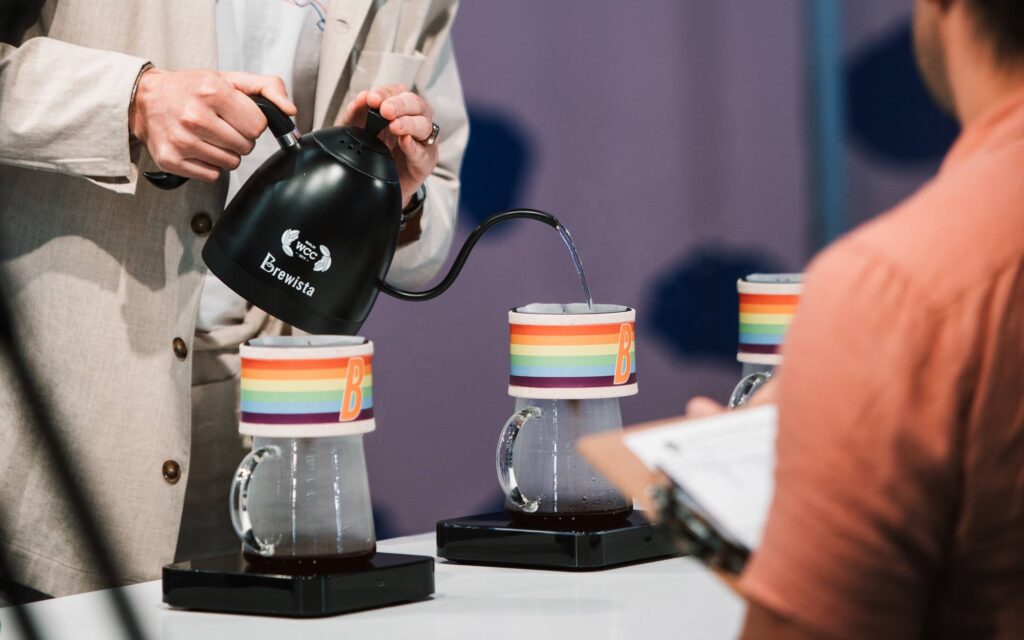
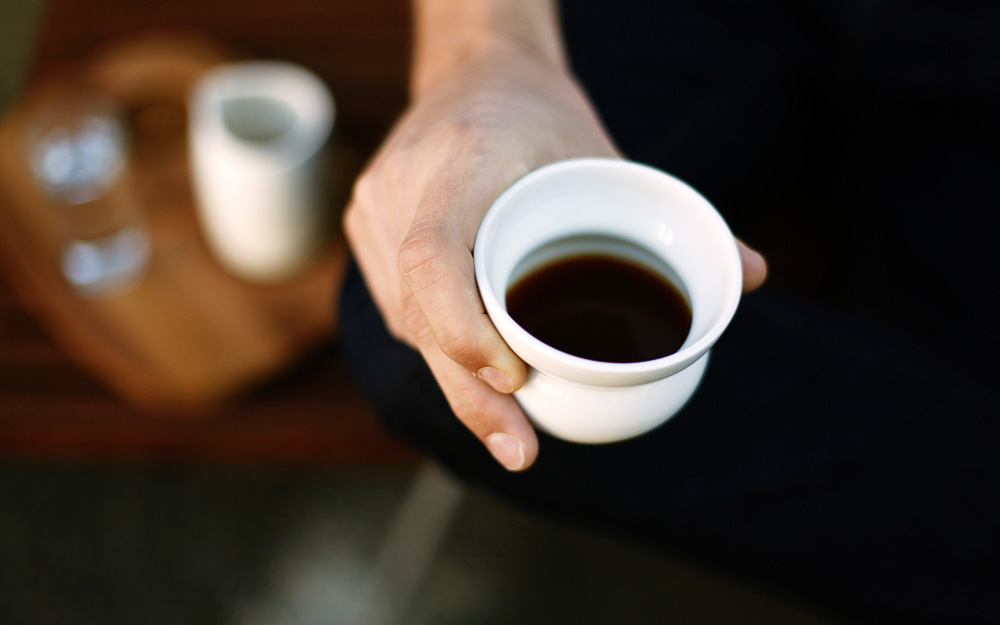
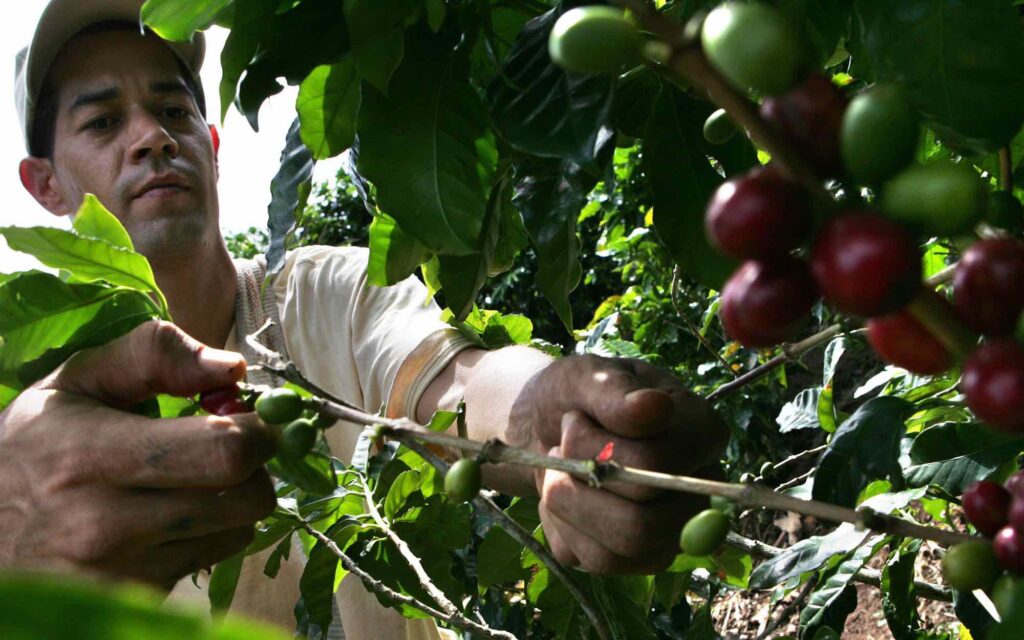
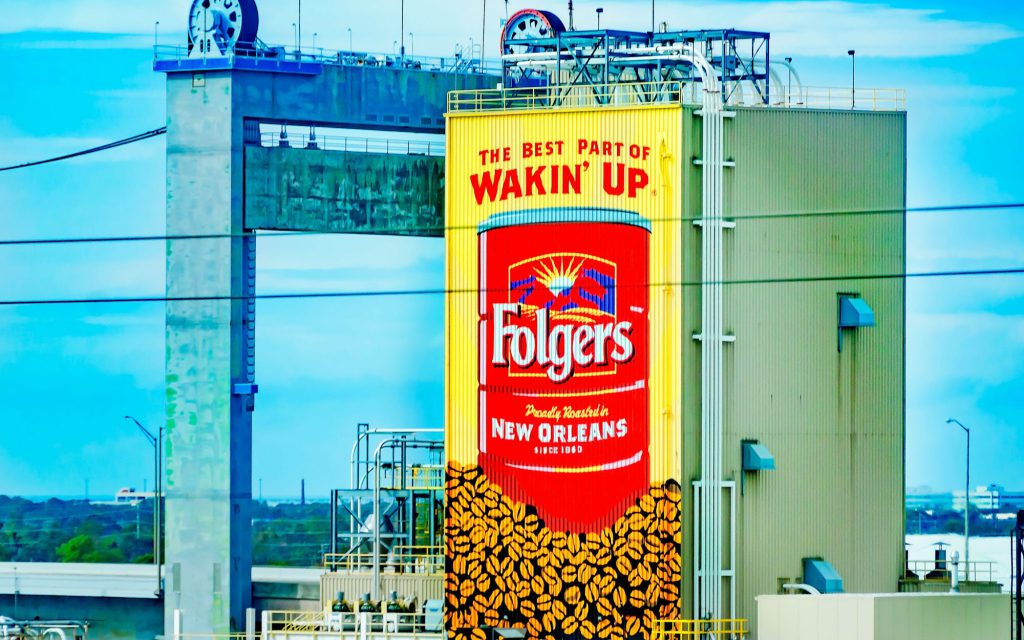
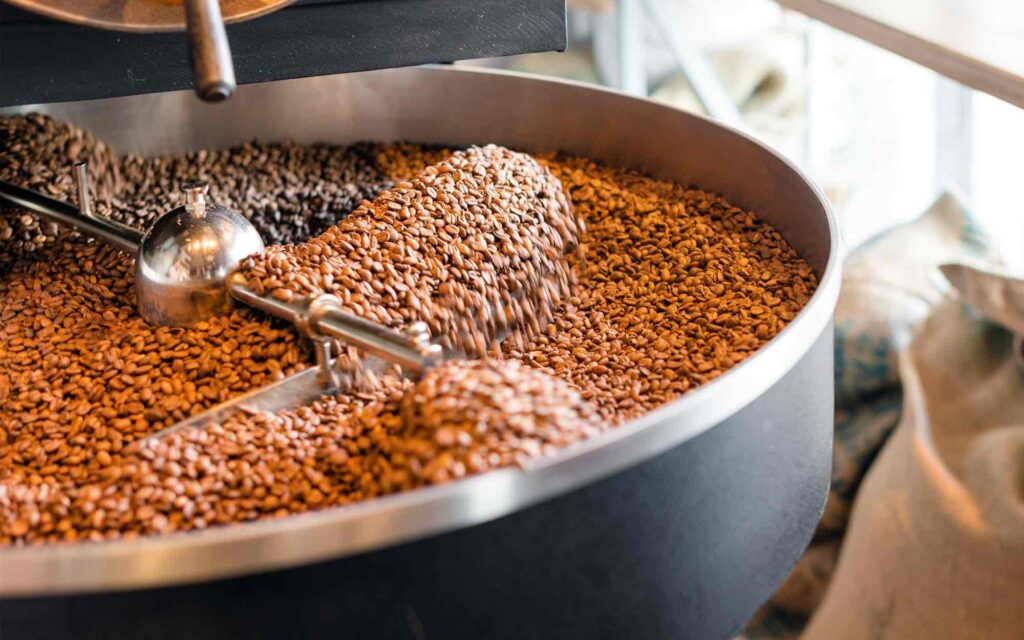
Responses